Archive works to preserve silver screen’s gold:
New facility at Watertown Arsenal is dedicated to conservation
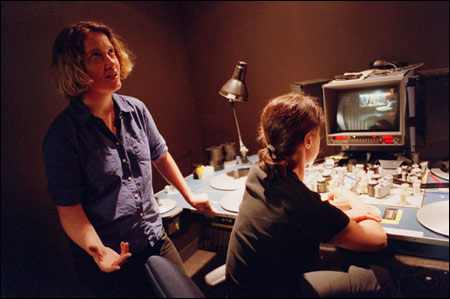
Few would deny that the DVD is a remarkable invention. It’s hard not to be astonished by a process that can put a two-hour movie on a plastic disc small enough to drop into your breast pocket.
But will the DVD replace film? The experts think it’s unlikely.
Related Harvard Film Archive video:
– Real video
– Quicktime
“With film, you have the original, frame-by-frame, the color is truer, and the image is more detailed. Digital formats are compressed and don’t give you the complete image,” said Bruce Jenkins, curator of the Harvard Film Archive (HFA).
There’s another issue as well: Somewhere up the road, we may be trading our DVD players for something even more miraculous. And then what happens to all those little silvery discs?
“The archive has movies in many different digital formats,” said Jenkins. “And with some we no longer have the equipment to play them. But the technology of film has essentially changed very little since it was invented in 1894.”
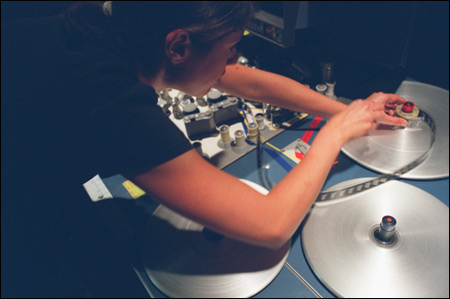
Film, at least in the general sense, will survive. But for individual films to survive they must be properly cared for, something that requires a film conservation facility. Now the HFA has such a facility, located in a newly renovated brick building in the Watertown Arsenal.
“This is the final element that allows Harvard to be a real film archive in which we can both study and preserve films,” Jenkins said.
The building, which last served as the cafeteria for a high-tech company, contains state-of-the-art equipment for viewing and, to some extent, repairing films. Film conservator Julie Buck and her staff are now engaged in a long-term project to assess the condition of the HFA’s more than 8,000 films, most of which have never been inspected before.
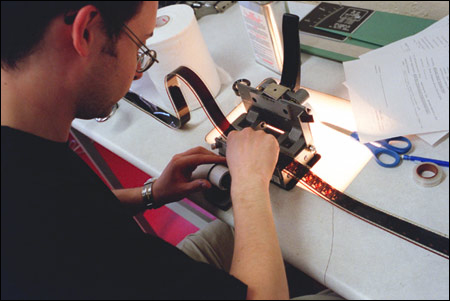
Some of these neglected films have yielded surprises. It was known that the archive possessed multiple copies of a 1969 German film called “Freedom to Love.” What was not known was that one of them was actually a Nazi era instructional film on dog training.
Other discoveries have been heartbreaking. A donated print of the 1972 Bernardo Bertolucci film, “The Last Tango in Paris,” turned out to be unwatchable. The entire film had turned red.
“A lot of color film from the 1970s is very unstable,” Buck said.
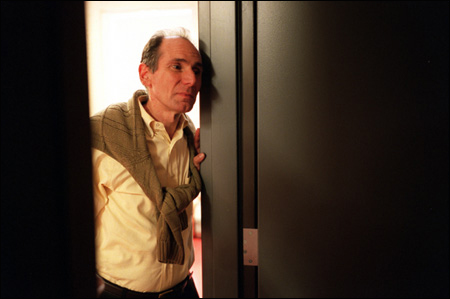
The new space also gives the HFA room to store and display some of its treasured items, including its valuable collection of some 3,000 movie posters, a vintage 3D projector, and the complete works and custom designed technology of experimental filmmaker Peter Ungerleider.
But running a premier film archive costs money. A single feature film takes up about one cubic foot of space, and the cost of storing it in a temperature-controlled section of the Harvard Depository is about $30 per year. To help pay these costs, the archive is initiating an Adopt a Film Program.
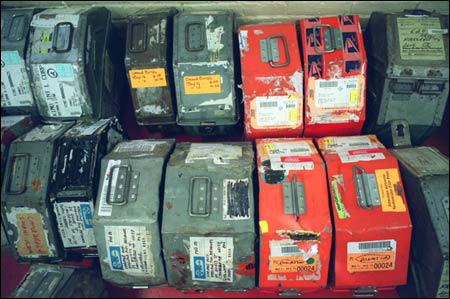
“We’ve selected 100 films that are considered major works,” said Jenkins. “And for a donation of $3,000 we will assure that the film will be properly stored for the next 100 years.”




